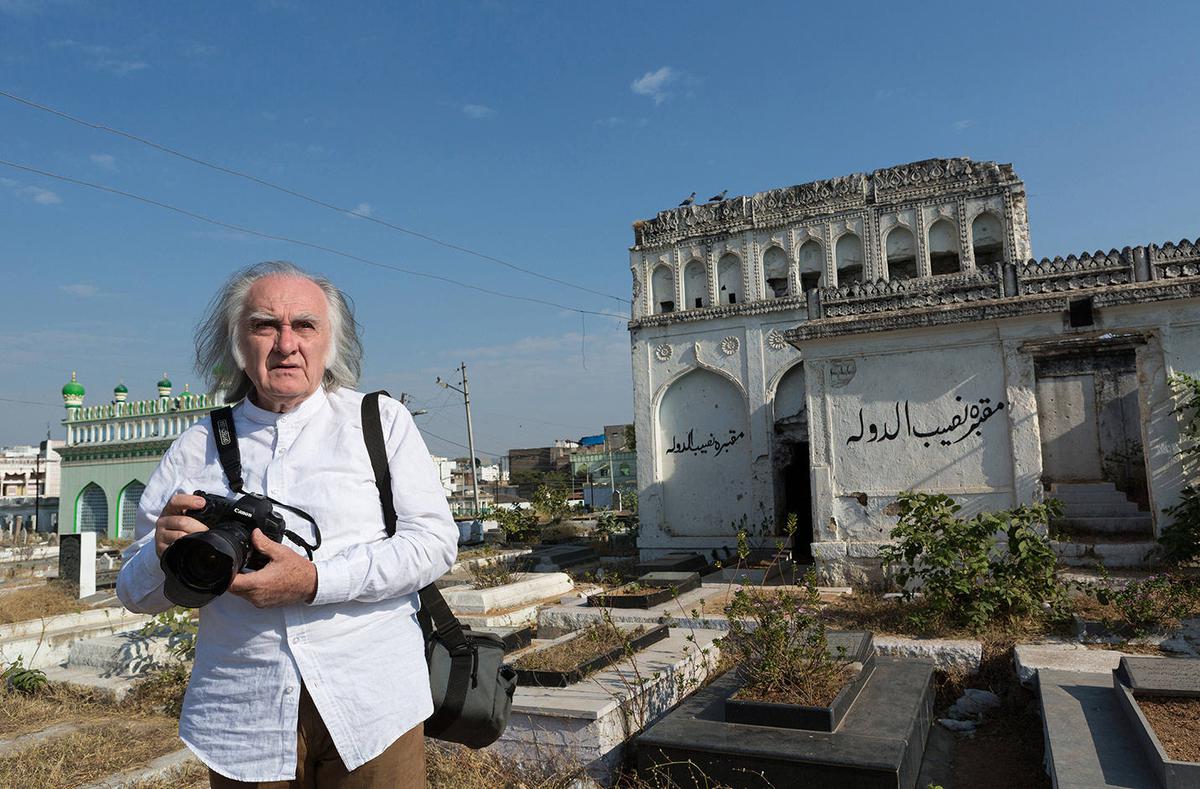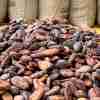
Chasing an Indian sunset: German photographer Thomas Lüttge’s book chronicles his portraits of Hyderabad over the decades
The Hindu
Lüttge has co-authored the book, ‘Golconda-Hyderabad 1975/1996/2012’, with his friend and colleague Hans Winterberg, who passed away in 2014
Photographers are chroniclers of instant history. At the intersection of this time and space stands Thomas Lüttge, who has been framing, reframing and capturing life in Hyderabad for nearly half a century.
The first time he was in the city was as a 34-year-old armed with a Hassie as part of an urban documentation project of Hyderabad civic body. This was followed by a succession of visits, decades apart. The result: a book on his exquisite photography journey shared with friend and colleague Hans Winterberg (who passed away in 2014). The images are like a splash of cold water on the face. Is this Hyderabad? Did it have those vast vistas? Do those rocks still exist? Where have the palaces gone?
From his most memorable one — a rare colour photograph of a family returning home at sunset with their pet — to the poignant picture of a man standing on a palace wall with a pickaxe, the visuals are a journey in time. Lüttge, who has photographed other urban centres, including in China, Thailand, Bangladesh and Europe, shares his views on photography, documenting people and capturing that ephemeral frame of time. Edited excerpts:
Answer: My work is based on experiences that speak to emotions and deeper imaginations. Photography results in images, not so much as photo documents. A document points out a kind of evidence of place and time. An image is always connected with human imagination, which happens here and now in the mind of the viewer. I try to reach some timeless impression. Only authentic presence is important, even if the photograph was taken long ago. I don’t give values or judgements on periods of time.
A: Some cities have special skylines and famous buildings on their postcards. In Hyderabad, I never found interesting postcards to understand the ‘spirit’ of the town. The skyline of Golconda Fort and most parts of the beautiful stone wall (the second biggest in the world) seem not to be noticed at all. The same with many of the tombs of nobility and the palaces. The community seems not interested in a public profile of old and new Hyderabad. Only the royal tombs have been renovated by an outside initiative.
A: Everywhere I have found very open and friendly people, even when they didn’t fully understand my work. Only once did some construction workers in a residential area get angry with me. They forced me to delete the shots of some small works in an area not far from the Qutb Shahi Tombs.
A: That is difficult to say. There were so many outstanding moments in India, where I have learned so much about my visual understanding and creative work. One image (above) was and still is very important to me. You find it on page 175 in the book. All this open land is part of the city today. This picture was shown as a 150 cm wide print in 1978 at the Photokina Köln in Germany, the world’s biggest photography fair. People from across the world were impressed by the ‘sunset in India’.













